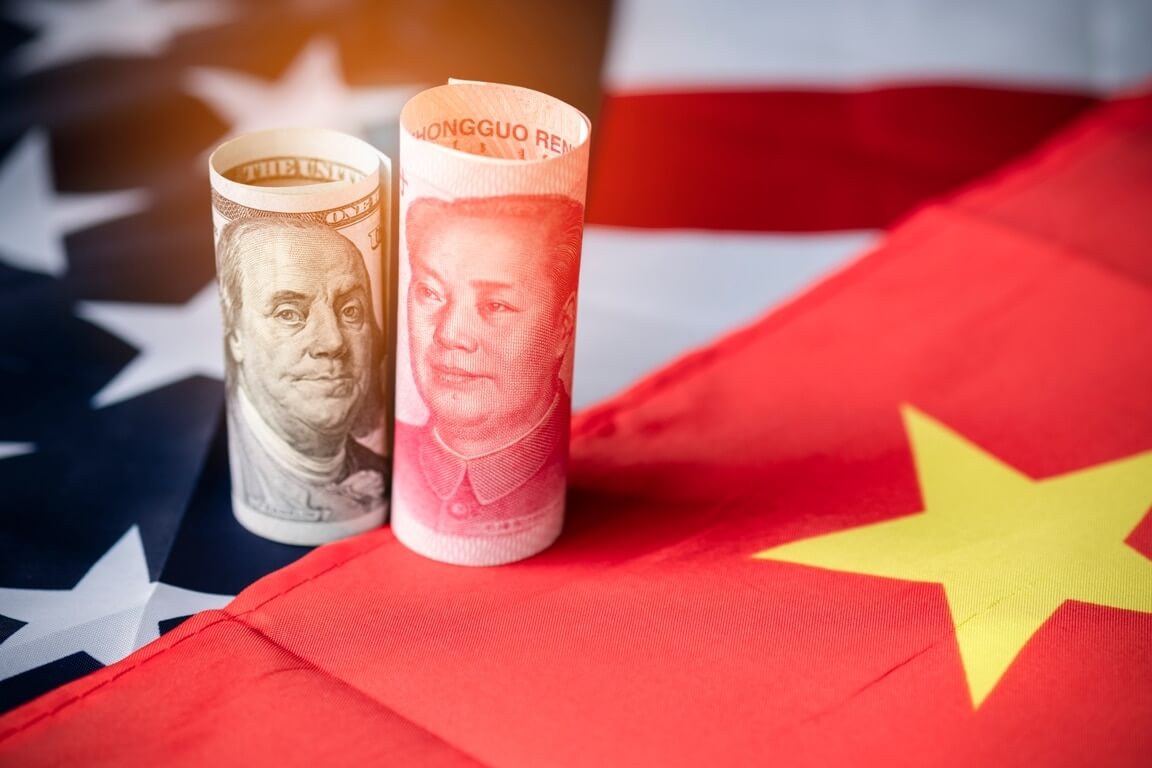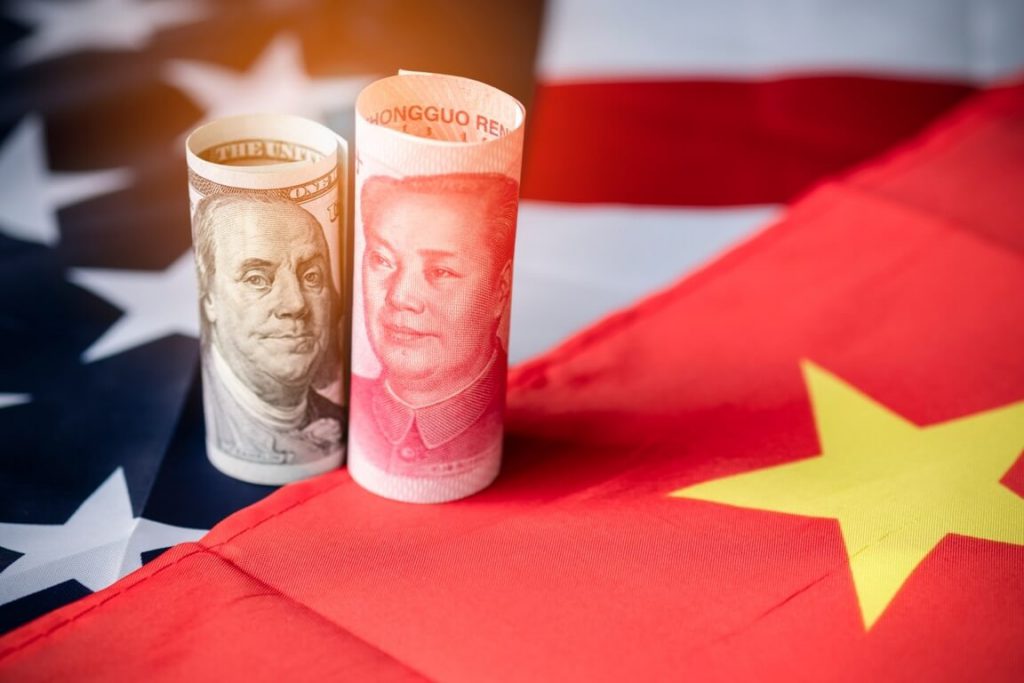
Chinese Yuan hit a record low as the U.S. dollar rallied
The U.S. dollar surged forward on Friday, rebounding from its recent decline. On the other hand, the Chinese Yuan tumbled down past the important threshold of 7 per USD. The greenback seems set to gain more than 1% for the week, mostly thanks to its safe-haven status. Meanwhile, the Yuan plunged to a multi-year low due to the U.S. currency’s continued rally.
The dollar index jumped by 0.5% to 110.26 on Friday, trading near its two-decade peak of 110.79 hit earlier in September. Derek Halpenny, the head of research, global markets, MUFG, noted that the Federal Reserve seems ready to increase its rates by another 175 bps before the end of 2023. In such cases, financial conditions will likely remain unfavorable for most assets. However, the U.S. dollar will have plenty of support. U.S. Treasury yields also soared ahead of a potentially huge Federal Reserve interest rate increase, further boosting the greenback.
Meanwhile, the offshore Yuan collapsed past the critical threshold of 7 per USD for the first time in the last two years. It exchanged hands at 7.037 at last. The onshore Yuan also lowered past the key level on Friday. China’s economy proved to be unexpectedly resilient in August, despite the Covid-19 outbreaks. Both factory output and retail sales are growing more than analysts forecasted. Despite that, a significant property decline weighed on the market outlook.
Analysts at Maybank stated that policy divergence between the United States and China could support the USD/CNH pair during the next few months. However, the pair may end in the red time and again.
How are the Euro and Sterling faring?
The common currency plummeted by 0.5% to $0.9945 on Friday. At the same time, the British Pound dropped to a fresh 37-year low of $1.1351. The European currencies struggle as analysts forecast a deep crisis this winter in the eurozone.
Still, investors are now focusing on coming monetary policy meetings by the U.S. Federal Reserve, the Bank of England, and the Bank of Japan, all due next week. Fed funds futures currently indicate a 75% chance of a 75-basis-point rate increase, along with a 25% chance of a 100-bps hike.
U.S. Treasury yields jumped after the new data showed U.S. retail sales unexpectedly surged forward in August. Moreover, the Labor Department released a separate report. It showed that initial claims for state unemployment benefits dropped. That news could push the Japanese yen even lower. But despite the currency’s struggle, the Japanese central bank seems to have no intention of hiking interest rates. It stands firmly on its dovish policy guidance.
The greenback declined slightly against the Japanese yen at 143.43 on Friday. But it was still on track for a fifth consecutive weekly gain.
What about the Emerging Market currencies?
Several EM currencies plunged to multi-year lows today. Thailand’s baht tumbled down to a level last reached in December 2006. South Korea’s won also collapsed to a 13-1/2-year low. Furthermore, the Taiwanese dollar dropped to its lowest level since September 2019.
The Chinese Yuan’s downfall weighed on the emerging market currencies. Several state media outlets published commentaries aiming to stabilize market expectations. Even though they played down the
The significance of the Yuan’s level wasn’t enough to bolster the market sentiment.
Khoon Goh, the head of Asia research at ANZ, noted that traders are now in a very strong USD environment, and it’s very hard to go against it. As a result, the People’s Bank of China can only try to manage the pace of the moves instead of defending any particular level.
The won has been the worst-performing EM currency in Asia thus far in 2022. The currency plummeted by 0.2% on Friday. It remained on course for a sixth consecutive weekly decrease versus the dollar.
On Thursday, dollar selling from the country’s foreign exchange authority along with verbal warnings had provided some relief to the won, but it proved only temporary. Economists warned that defending currency levels would be very costly for the government and, even then, ineffective.
However, a finance ministry official stated today that the authorities would meet with major importers and exporters early next week. They want to try and prepare measures to stabilize the USD-KRW pair.
Meanwhile, markets were closed in Malaysia for a holiday. India’s rupee shaved off 0.2%, though. And the Indonesian rupiah dropped to a more than six-week low.


